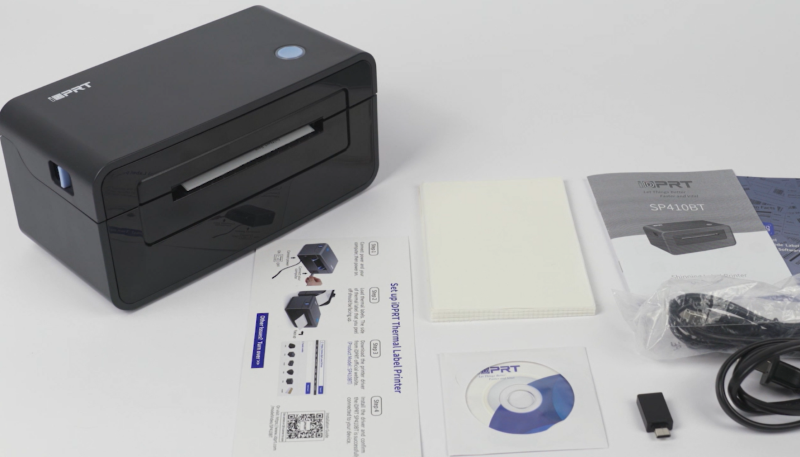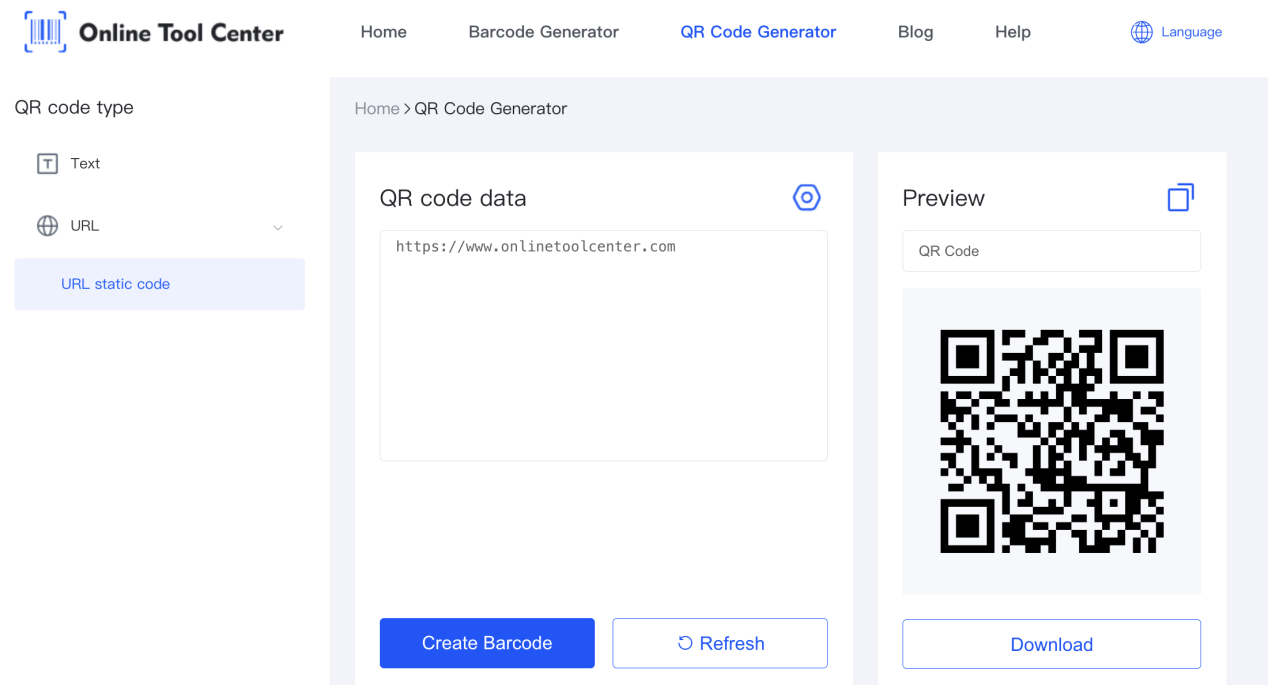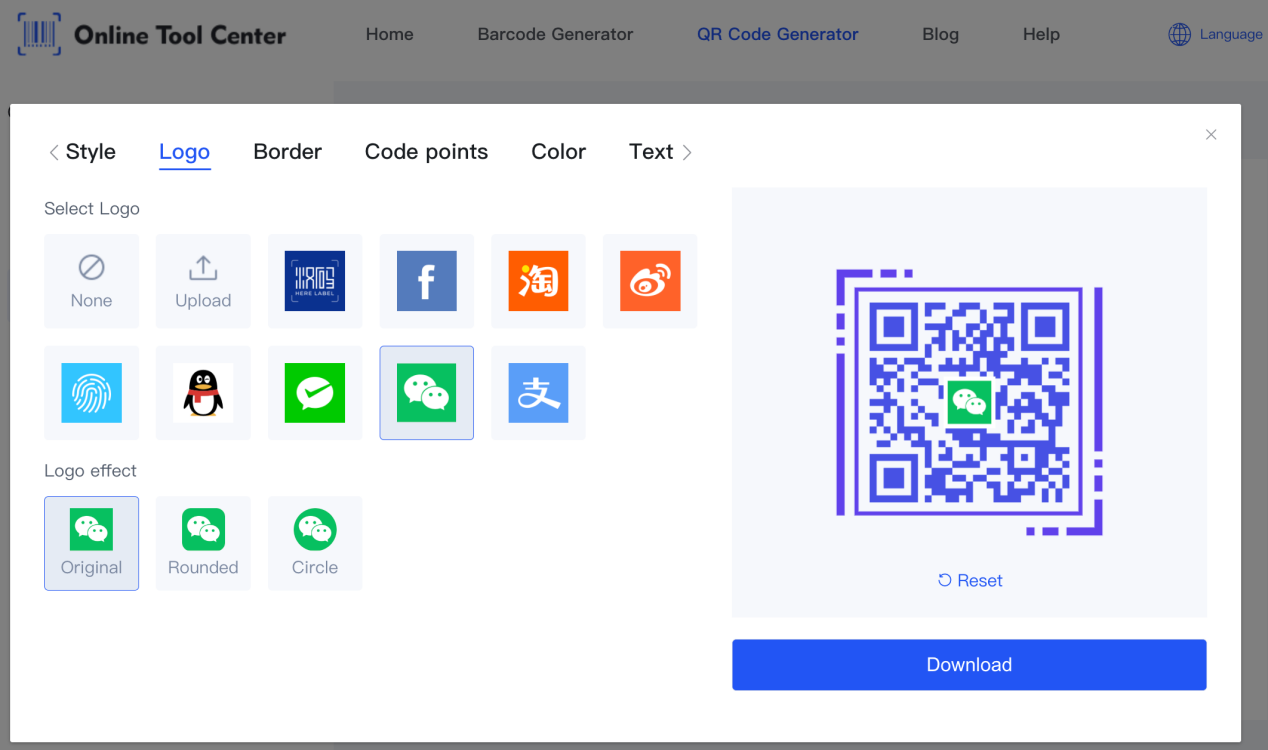Gone are the days of bulky paper manuals. QR codes are revolutionizing user manuals, transforming them into interactive experiences. How do they allow users to quickly access product information, and how do you create QR codes for user manuals and product guides? Let's take a look.

What Are QR Codes for User Manuals and Product Guides?
QR codes, or Quick Response codes, are two-dimensional barcodes that can store information, including text, images, URLs, and even business card details. Scan it with your phone and instantly access hidden conten, like videos, detailed instructions, or troubleshooting guides.
QR codes in product manuals typically take the form of small, scannable images placed strategically within the documentation, usually accompanied by brief instructions on how to scan them using a smartphone.
Once scanned, these 2D codes can direct users to various types of content, such as:
1. Video Tutorials: Detailed, step-by-step video guides that demonstrate how to assemble, use, or troubleshoot a product.
2. Online Manuals: Digital versions of the user manual that are easier to navigate and search.
3. Support Pages: Links to customer support resources, including live chat, FAQs, and contact information.
4. Product Information: Access to product specifications, warranty details, and related accessories or parts.
Benefits of Using QR Codes in User Manuals and Product Guides
QR codes offer multiple benefits for user manuals and product guides:
1. Instant Access: Users can instantly access video tutorials, detailed instructions, and troubleshooting guides by simply scanning the QR code with their smartphones.
2. Cost Reduction: Implementing QR codes reduces the need for bulky paper manuals, saving on printing and distribution costs.
3. Real-Time Updates: By linking QR codes to online resources, updates can be made in real-time, providing users with the most accurate and current information available.
Creating QR Codes for User Manuals and Product Guides
When users scan a QR code in a user manual or product guide, they are typically directed to a mobile-optimized webpage or a specific section of an online manual.
To create effective QR codes for product manuals, follow these steps:
1. Choose a Reliable QR Code Generator
Select a free QR code generator that is reliable and offers a variety of customization options. Look for features such as:
● Customizable Design: Ability to change the color, shape, and include a logo.
● High-Resolution Output: Ensures that the QR code can be printed clearly in different sizes.
Once you've selected an online QR code generator, typically you will enter the URL link for the user manuals, and then generate the QR code.

Of course, you can further beautify the QR code by adding your brand logo, changing the QR code colors, borders, and more.

2. Link to Mobile-Friendly Content
Ensure the content linked to the QR code is optimized for mobile devices by considering the following factors:
● Responsive Design: The webpage should automatically adjust to fit any screen size.
● Fast Loading Times: Mobile users expect quick access to information, so minimize load times.
● Easy Navigation: Simplify the layout so users can easily find what they need.
● Multimedia Compatibility: Ensure that videos, images, and other media play smoothly on mobile devices.
3. Test the QR Codes
Before rolling out the QR codes, thoroughly test them to ensure they work correctly across various devices and conditions. Here's how:
Multiple Devices: Test on a range of smartphones and tablets (iOS, Android, etc.).
Different Environments: Scan in various lighting conditions to ensure the code is readable.
Internet Connections: Check functionality with different internet speeds (Wi-Fi, 4G, 5G).
Printed Materials: Print the QR code in different sizes and on various materials to ensure it scans correctly.
By adopting QR codes, companies can provide customers with a seamless, interactive, and modern experience.
Start enhancing your user manuals today by incorporating QR codes and see the difference it makes in customer satisfaction and engagement.
This small technological integration can lead to significant improvements in how users interact with your products and services.




